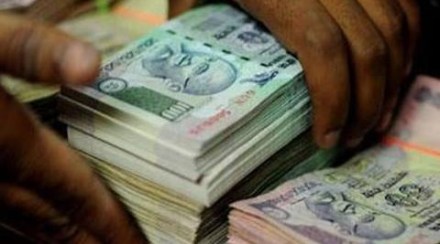Besides tax changes, one of the Budget features closely looked at is the difference between the government’s revenue and expenditure, excluding borrowings or the fiscal deficit. The focus is on whether the government has been able to keep to its target targeted deficit cap or not. Since 1990-91, successive governments missed their targets, but the situation improved after 2000-01. In fact, in only five of the last 16 years, the government missed its target.
This year, too, the government is expected to reach its target on the back of increased tax collection. Data released on Monday shows that direct taxes for April-December period have increased 12.01%, while indirect taxes have grown 25% over last year’s. Moreover, as per the Controller General of Accounts data till November, fiscal deficit had reached 85.8% of the target, as against 87% during the corresponding period last year.
But it is not this year’s fiscal deficit that is of as much importance as what finance minister Arun Jaitley plans to do in the upcoming Budget. Although the Fiscal Responsibility and Budget Management Act, 2003, clearly lays down a medium-term path for fiscal deficit, a 3% target (till 2018-19) was announced in the Budget 2016. The government last year appointed a committee under NK Singh to amend the provision to allow some flexibility in the form of a range. More important, against the backdrop of demonetisation, low private spending and sluggish growth, it remains to be seen whether FM Jaitley goes for further relaxation or sticks to the FRBM targets. Given how the economy needs a boost, and government spending can provide that push, he may be more inclined to move towards a range-bound target.
You may also like to watch this video
It all depends, however, on what he does with the extra spending room. While economists have differed on account of fixing of targets, there is a near consensus that the deficit should be used to fund capital expenditure and not support revenue expenditure, as capital expenditures have a stronger multiplier effect on output. With capex as a percentage of total expenditure declining over the last few years and its utilisation lagging behind revenue utilisation, the FM would do well to focus more on this. In the end, it has to be a balancing act between the deficit and investment needs to boost growth.
